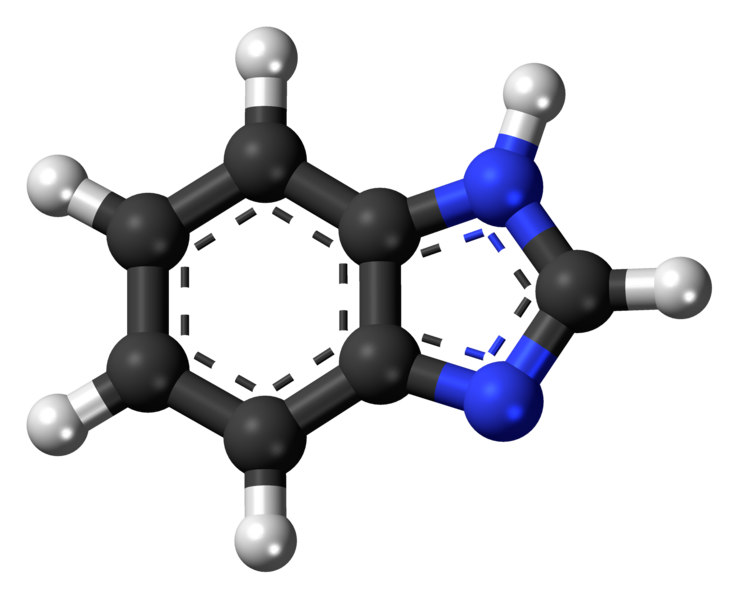The Antibacterial Activity of Benzimidazole Derivative and the Quantitative Structure-Activity Relationships
QSAR study on benzimidazole derivatives using several topological and indicator descriptors was performed and evaluated for their antibacterial activities. The correlation equations of these relationships which were designed according to the Hansch Analysis Method were given. The 5 best models were selected for the discussion. Initial regression analysis indicated that balaban index plays a dominating role in modeling the activity in all proposed models. Results are interpreted on the basis of multiple regression and cross-validation methodology. Furthermore, the domain of applicability which indicates the area of reliable prediction is defined.
The whole 6 pages article is available for download here.
Benzimidazole is a heterocyclic aromatic organic compound. It is an important pharmacophore and a privileged structure in medicinal chemistry. This compound is bicyclic in nature which consists of the fusion of benzene and imidazole. Nowadays is a moiety of choice which possesses many pharmacological properties.
These heterocyclic systems nucleus is an important heterocyclic ring, and interest in the chemistry, synthesis and microbiology of this pharmacophore continues to be fuelled by its antifungal, antitubercular, antioxidant and antiallergic properties. Other reports have revealed that these molecules are also present in a variety of antiparasitic and herbicidal agents. Albendazole, fenbendazole and their sulphoxide derivatives are methylcarbamate benzimidazoles with a broad spectrum anthelmintic activity, widely used in human and veterinary medicine.
They are used against several systemic parasitoses, including nematodoses, hidatidosis, teniasis and others. They are also used to treat microsporodial and cryptosporodial infections, which can cause lethal diarrhea in patients treated with immunosuppressive drugs, or infected with HIV Different substituted benzimidazolyl quinolinyl mercaptotriazoles are remarkably effective compounds both with respect to their virus inhibitory activity and their favourable antibacterial activity In recent years, benzimidazole derivatives have been attracted particular interest due to their antiviral activity against HCV (Hepatitis C virus).
The whole 6 pages article is available for download here.

